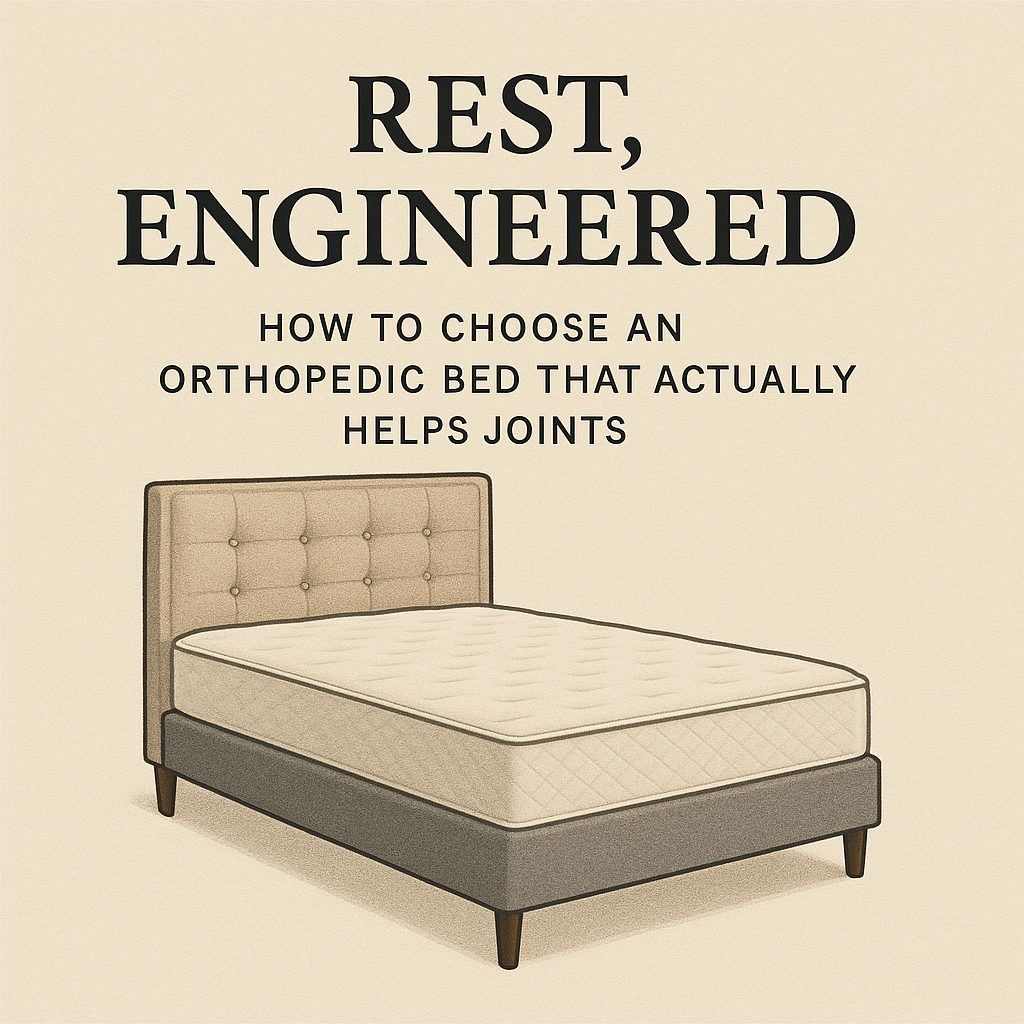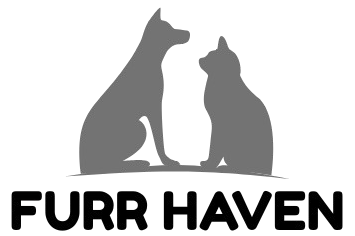
Rest, Engineered: How to Choose an Orthopedic Bed that Actually Helps Joints
Share
Sleep is the silent half of vitality. For dogs and cats alike, a good bed is not a cushion but a structure—the difference between curling into pain and waking into poise. Below is a rigorous buyer’s guide to orthopedic beds that support spines, protect joints, regulate heat, and last beyond a single season.
1) Foam Matters (And Not All “Memory” Is Equal)
-
Base layer: Look for high-density support foam (≥30–35 kg/m³ for dogs; ≥28 kg/m³ for cats). This acts as the “floor,” preventing sinking that twists hips or shoulders.
-
Comfort layer: A thin viscoelastic (memory) foam top distributes pressure over bony points (elbows, hocks). Too thick and animals “bottom out” when they move; 3–5 cm is plenty for most.
-
Edge support: Seniors and large breeds benefit from bolstered rims with firmer foam at the front edge for easy “park and rise.”
2) Shape & Entry Height
-
Bolster beds cradle side sleepers; flat pads suit sprawlers and crate users.
-
Round caves/hooded styles calm cats and anxious small dogs who prefer a den-like hush.
-
Entry height should respect the day’s joints: aim for ≤ one carpal/ankle height (roughly 8–12 cm for medium dogs, 5–7 cm for cats).
3) Cover Textiles & Cleanability
-
Top fabric: tightly woven microfibre, microsuede, or performance knit that resists snagging claws.
-
Bottom fabric: non-slip dots or rubberized backing for wood/tile floors.
-
Zippers & liners: full-zip removable cover + water-resistant inner liner guard against accidents; foam should lift out in one motion for weekly “air days.”
4) Thermoregulation
-
Open-cell foam breathes better than closed-cell slabs.
-
Phase-change or gel infill can shave off perceived warmth by a few degrees in summer; in winter, pair the same bed with a self-warming throw (no cords) or a thermostat-limited heat pad (38–40 °C) for seniors.
5) Sizing by Behavior (Not Just Weight)
-
Measure your pet nose-to-rump while sleeping; add 10–15 cm (cats/small dogs) or 20–30 cm (large dogs). A sprawler needs the diagonal; a curler sleeps smaller than their brag.
6) Placement & Rotation
-
Place the “day bed” near family routes (but out of foot-traffic); the “night bed” where drafts and vents don’t bully joints. Rotate 180° weekly to even compression.
7) Maintenance Ritual
-
Weekly: lint roll, shake outdoors, 30–60 min foam air-out.
-
Monthly: cover wash cold, gentle spin, air-dry; inspect seams, zipper heads, and anti-slip backing.
-
Quarterly: vacuum foam (soft brush), inspect for sag; replace comfort layer before the base fails.
Furr Havens Curations
-
Atlas Ortho Bolster — dual-foam core, low front entry, washable cover.
-
Caldera Cave Bed — hooded cat/small-dog den with removable stiffener.
-
Zephyr Crate Pad — orthopedic flat pad sized to common crate dimensions.
-
ThermaSoft Throw — self-warming overlay for winter rotation.
True rest is architecture. Build it once; let the body thank you nightly.
